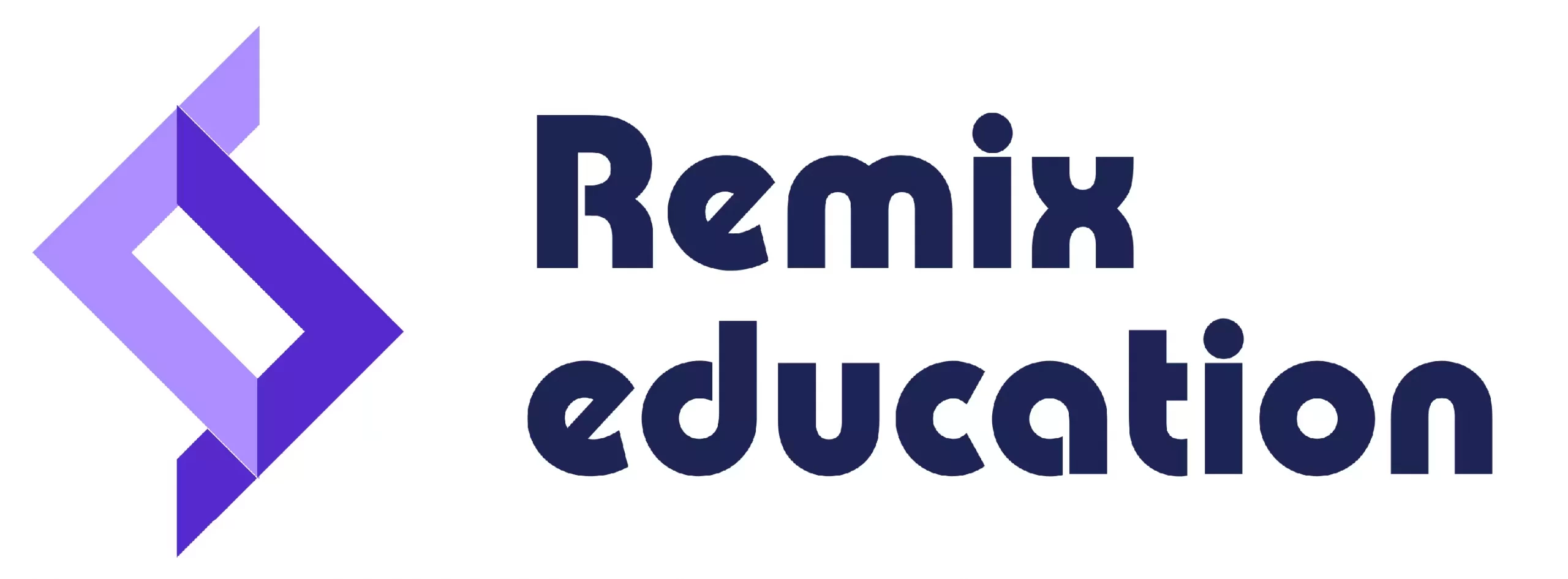A. Introduction:-
- For an adult (ages 18 years and older), a normal BP is a systolic BP below 120mm Hg and a dia- stolic pressure below 80 mm Hg.
- Elevated blood pressure is defined as a systolic BP between 120 and 129 mm Hg and a diastolic BP below 80 mm Hg.
- Hypertension (Stage 1) is defined as an SBP be- tween 130 and 139 mm Hg or a diastolic BP between 80 and 89 mm Hg.
- Hypertension (Stage 2) is defined as a SBP at least 140 mm Hg or a diastolic BP at least 90 mm Hg.
- If either the SBP or DBP is outside of a range, the higher measurement will determine the classification.
- Hypertension is a major risk factor for coronary, cerebral, renal, and peripheral vascular disease.
- The disease is initially asymptomatic.
- The goals of treatment include reduction of the BP and preventing or lessening the extent of organ damage.
- Nonpharmacological approaches, such as lifestyle changes, may be prescribed ini- tially; if the BP cannot be decreased after 1 to 3 months, the client may require pharmaco- logical treatment.
B. Primary or essential hypertension:-
1. Risk factors
- Aging
- Family history
- African American race
- Obesity
- Smoking
- Stress
- Excessive alcohol
- Hyperlipidemia
- Increased intake of salt or caffeine
C. Secondary hypertension
1. Secondary hypertension occurs as a result of other disorders or conditions.
2. Treatment depends on the cause and the organs involved.
3. Precipitating disorders or conditions
- Cardiovascular disorders
- Renal disorders
- Endocrine system disorders
- Pregnancy
- Medications (eg, estrogens, glucocorticoids,mineralocorticoids)
D. Assessment
- May be asymptomatic
- HeadacheC
- Visual disturbances
- Dizziness
- Chest pain
- Tinnitus
- Flushed face
- Epistaxis
E. Interventions
- Goals: To reduce the BP and to prevent or lessen the extent of organ damage
- Question the client regarding the signs and symptoms of hypertension.
- Obtain the Bp 2 or more times on both a with the client supine and standing.
- Compare the BP with prior documentation.
- Determine family history of hypertension.
- Identify current medication therapy.
- Obtain weight.
- Evaluate dietary patterns and sodium intake.
- Assess for visual changes or retinal damage
- Assess for cardiovascular changes such as dis tended neck veins, increased heart rate, and dysrhythmias
- Evaluate chest x-ray for heart enlargement.
- Assess the neurological system.
- Evaluate renal function.
- Evaluate results of diagnostic and laboratorY studies.
F. Nonpharmacological interventions
- Weight reduction, if necessary, or maintenance of ideal weight
- Dietary sodium restriction to 2g daily as prescribed
- Moderate intake of alcohol and caffeine-containing products.
- Initiation of a regular exercise program
- Avoidance of smoking
- Relaxation techniques and biofeedback therapy
- Elimination of unnecessary medications that may contribute to the hypertension
G. Pharmacological interventions
- Medication therapy is individualized for each client, and the selection of the medication is based on such factors as the client’s age, pres- ence of coexisting conditions, severity of the hy pertension, and client’s preferences.
